The Chinese spy balloon that flew across North America earlier this year exposed important gaps in the U.S.’ ability to detect airborne threats and propelled the development of new surveillance technology, the senior U.S. commander responsible for patrolling the skies told NBC News in an exclusive interview.
Gen. Glen VanHerck, head of the U.S. Northern Command and North American Aerospace Defense Command (NORAD), told “Nightly News with Lester Holt” that U.S. surveillance capabilities have been strengthened with new technology since the balloon was spotted off Alaska in late January.
“We were not looking for a high-altitude balloon at that time — 65,000 feet, very slow. Our radars are capable of seeing it, but we were filtering out that data,” he said recently in a wide-ranging interview at the Colorado Springs headquarters of NORAD, which monitors the skies over the U.S. and Canada and responds to potential threats.
The Biden administration was criticized for its handling of the Chinese surveillance balloon, first reported by NBC News, with some asking why it was allowed to fly over sensitive military sites in the continental U.S., where it could collect valuable information about American defenses. The revelation that the Chinese were able to fly such balloons into American airspace without the U.S. military detecting them also raised questions about an intelligence failure, prompting calls for more investment in the country’s air defense and radar systems.
China initially apologized for the incident but maintained the object was a civilian weather balloon that had blown off course.
VanHerck, like other American officials, said there was no doubt the balloon was used for spying.
“We know for sure it was a spy vehicle,” he said.
VanHerck admitted that the incident, which captivated the country and sent U.S.-China relations to a new low, had been a learning experience.
“We learned significantly — I also learned I need to be able to see further, further out in the Pacific, further into the Arctic and into the Atlantic,” he said.
“And that’s what the over-the-horizon radars will give us,” he added, referring to systems that detect objects at very long distances.
VanHerck said he was first made aware of the balloon on Jan. 27 and his forces intercepted it the next day with F-22 and F-16 fighter jets, which determined it wasn’t a hostile threat.
On Feb. 2, NBC News reported that the balloon was flying over the U.S. It was shot down off the South Carolina coast two days later on the orders of President Joe Biden. The process to identify and intercept the balloon worked “exactly as it should have,” VanHerck said.
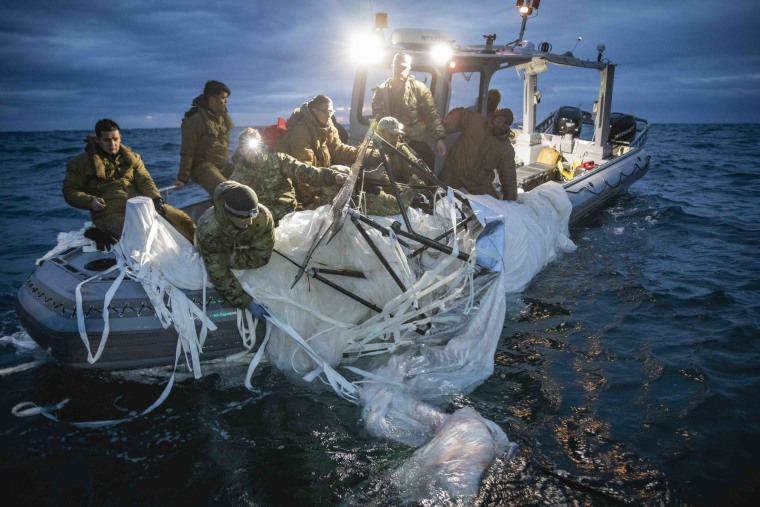
The balloon was able to gather intelligence from several sensitive American military sites, despite the Biden administration’s efforts to block it from doing so, two current senior U.S. officials and one former senior administration official told NBC News in April.
VanHerck added that while he knew China had a high-altitude balloon program before the incident, he wasn’t aware that multiple balloons had flown over the U.S.
Aside from being the head of NORAD, VanHerck is also ultimately responsible for the country’s homeland and maritime defense, including against ballistic missiles, and for providing support to civil authorities in responding to natural disasters, including hurricanes and wildfires.
In the event of a ballistic missile launch on the U.S., it’s his job to provide a warning in a matter of minutes.
The challenge of the job is not just the vast geography — from the North Pole to Central America — but how the nature of foreign threats is constantly evolving into scenarios that could not have existed when NORAD was founded during the Cold War, in 1958.
“Hypersonics, for example, or extremely low-radar, cross-section cruise missiles, or advanced submarines that are very quiet … those are the daunting tasks that I experience, not necessarily the size of the area of responsibility,” he said.
“Candidly, I’m most concerned about the cyber domain and our ability to understand the threats in the cyber domain that impact our power projection,” VanHerck noted.
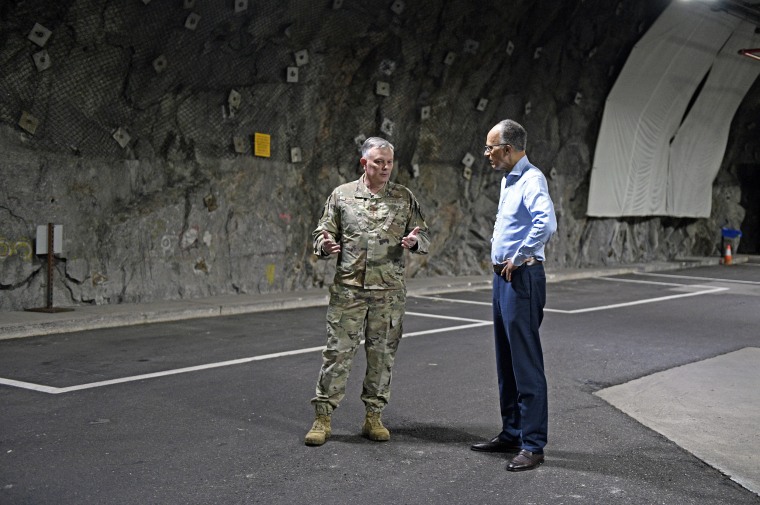
NBC News was also given a tour of the nearby Cheyenne Mountain Complex, which has been in use since 1966 and is designed to provide “continuity” of operations for the military and civilian authorities in the event of war.
The site has a series of blast doors that are 3 feet thick, capable of withstanding a nuclear blast. The last time the complex was closed operationally was at the time of the Sept. 11, 2001, attacks on the U.S.
In spite of the facility’s construction during the Cold War, VanHerck said the current global climate is the most challenging and dynamic he has seen in 36 years of service.
“Two nuclear-armed competitors,” he said, referring to China and Russia as current U.S. threats, which he pointed out are joined by many others: “Violent extremists out there and an unstable world” and “international norms that have served us well since the end of World War II being challenged on a day-to-day basis,” he said.

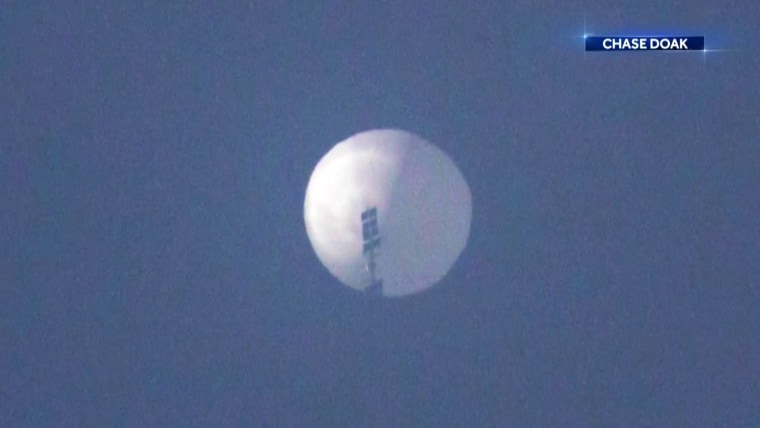
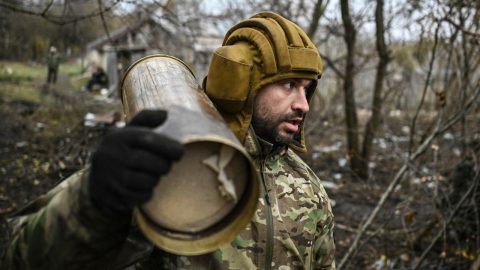
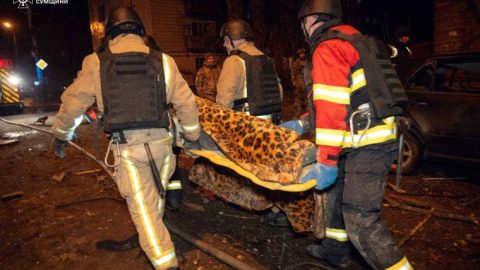


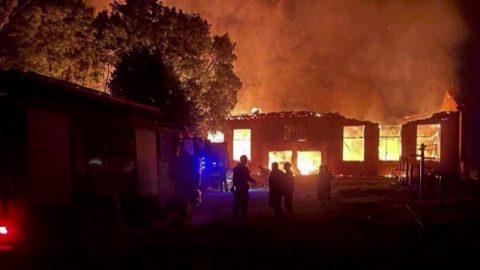



Recent Comments